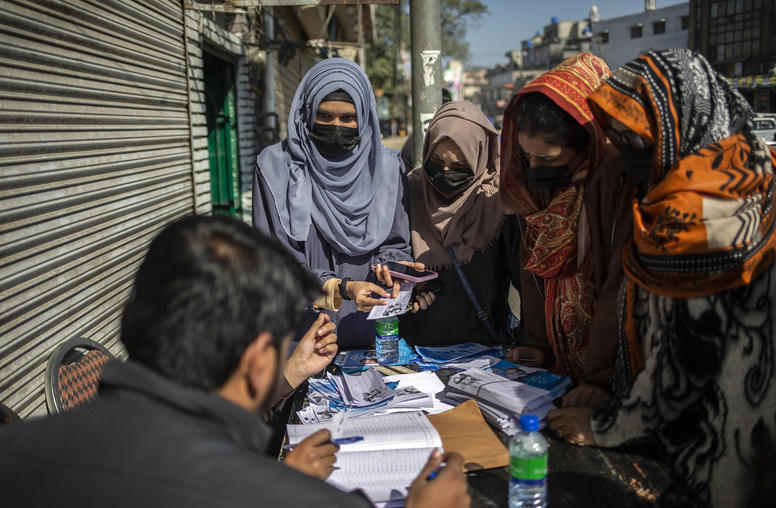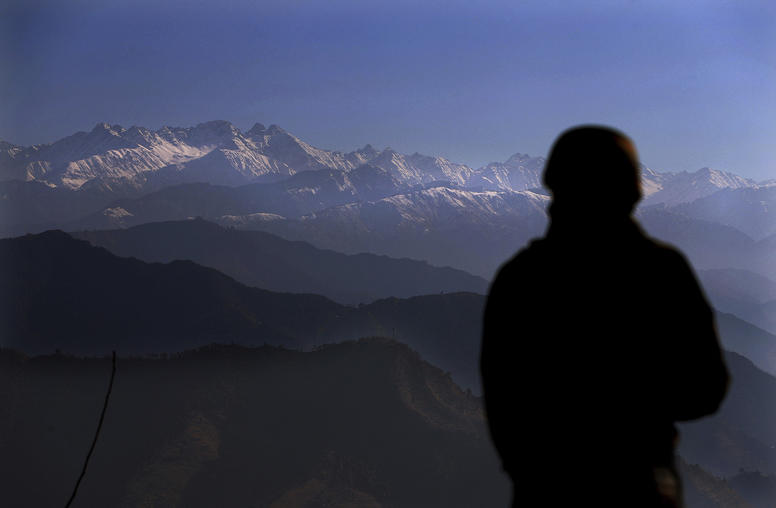Mapping Conflict Trends in Pakistan
Over the past decade, violence has become endemic in many parts of Pakistan. This report examines the trajectory of violence and the range of conflicts in six troubled regions. The authors conclude that if existing socioeconomic conditions persist and the state continues to fail to deliver public services, justice, and security, Pakistan could face further escalation of violence and lawlessness.
Summary
- Over the past decade, Pakistan has experienced a significant rise in violence in terms of frequency, scope, and magnitude. The origins and intensity of violence vary regionally and involve both longstanding conflict actors and new groups.
- Violence is most concentrated along the Afghan border in the Federally Administered Tribal Areas (FATA) and the province of Khyber Pakhtunkhwa (KP). Other regions of Pakistan lying along the border with Afghanistan, including Balochistan and Gilgit Baltistan, have also experienced a significant escalation in violence. This escalation is in part a result of the nexus between sectarian militants and terrorist outfits.
- In Sindh, most of the violence is concentrated in Karachi, which witnessed a tenfold increase in violence between 2006 and 2013. The security landscape there has become increasingly complex over the years with the addition of many types of actors, including sectarian militant groups, terrorist outfits, political parties, and criminal gangs.
- The scale, scope, and magnitude of violence in Balochistan, the largest province in Pakistan in terms of territory, remain unprecedented and unabated. Sectarian and terrorist activities targeting the Shia Hazara community have compounded the effects of a high intensity conflict between a secessionist insurgency and the military that has been under way in the province since 2006. Balochistan also provides safe haven to the Quetta Shura, a key Afghan Taliban group headed by Mullah Omar.
- For the past decade, Punjab has experienced the least violence of any province in Pakistan. However, the province is increasingly a breeding ground for terrorist and militant recruits engaged in violence in other regions.
- Given the diverse and broad spectrum of conflicts afflicting Pakistan, it is important to analyze and address each conflict in its own context and plan for comprehensive state stabilization and peacebuilding processes entailing both short- and long-term measures.
About the Report
Over the past decade, Pakistan’s domestic security landscape has become increasingly volatile and complex. An examination of the incidence of violence during this period reveals a multiplicity of conflict actors, varying patterns of violence in different regions, and an unprecedented number of casualties. This report, sponsored by the United States Institute of Peace, maps recent conflict trends in Pakistan and explores the trajectory of violence in the provinces—namely, Punjab, Sindh, Khyber Paktunkhwa, and Balochistan—and the Federally Administered Tribal Areas and Gilgit-Baltistan and draws from a variety of Pakistani and international sources to present as comprehensive a picture as possible.
About the Authors
Saira Yamin, a conflict resolution scholar-practitioner and development worker, is associate professor at the Asia-Pacific Center for Security Studies, Honolulu. Her research focuses on peace and conflict; South Asia; and women, peace, and security. Salma Malik is assistant professor at the Department of Defense and Strategic Studies, Quaid-i-Azam University, Islamabad, Pakistan. She specializes in the areas of war, arms control and disarmament, and South Asian affairs. The views expressed in this report are those of the authors alone. They do not represent those of any government or organization they are affiliated with or necessarily reflect the views of the United States Institute of Peace.



